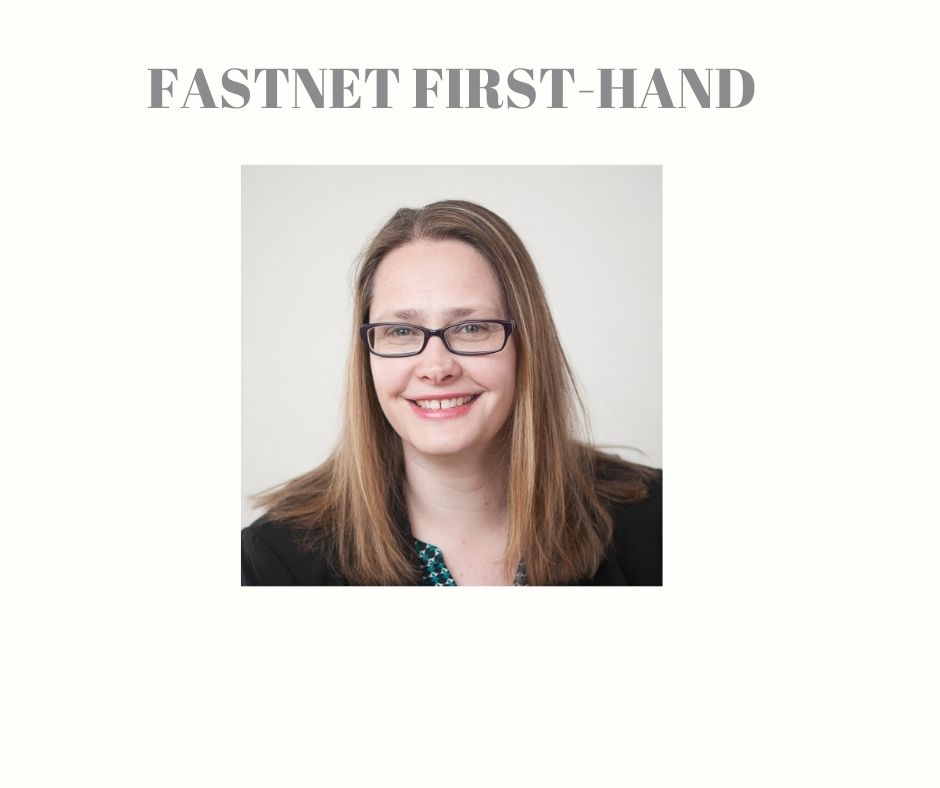
 Cork: +353 21 4509200 | Dublin: +353 1 5175910
Cork: +353 21 4509200 | Dublin: +353 1 5175910

 Cork: +353 21 4509200 | Dublin: +353 1 5175910
Cork: +353 21 4509200 | Dublin: +353 1 5175910

 12/10/2020
12/10/2020By Nicole Ueland-O' Connor
Following on from my first article on international candidate mobility, in this article I will explore the issue of diversity within the executive search process as it was one of the themes I examined in my recent thesis for my Master’s in International Business at Cork Institute of Technology. The issue of gender and diversity within the corporate setting has been a hot topic over the last few years with most multinational companies actively promoting their diversity and inclusion programmes to the public through social media and other platforms. Having a diverse and inclusive workplace has been seen to be important for corporate success and in 2017, McKinsey reported that “Companies in the top-quartile for gender diversity on their executive teams were 21% more likely to have above-average profitability than companies in the fourth quartile. For ethnic/cultural diversity, top-quartile companies were 33% more likely to outperform on profitability” *. This should mean that gender, diversity, and inclusion within the corporate sphere are reflected within a company’s leadership profiles.
However, the reality of the situation in many companies at the executive level is quite different, with women accounting for only 28% of vice president level roles and 21% of c-suite roles in the USA according to the most recent McKinsey report on women in the workplace*. In Europe, the figures are similarly poor, with around 27% of board member positions and only 17% of senior executive positions being held by women* according to a 2019 Eurostat news release. In relation to the executive search process, the academic research on this topic also found that there was a tendency to include fewer women in the search process and therefore within shortlists (Tenari et al., 2013)* although other more recent academic research has shown that in other search processes company diversity agendas may have driven the inclusion of more female candidates (Doldor et al., 2016)*.
Part of my own research also investigated this issue and found that diversity and inclusion were issues that were of concern to our clients of both Fastnet and the IRC Group of Executive Search firms. Within the both the Fastnet and IRC groups, I found that clients required greater diversity on shortlists, with the top priority being the inclusion of women on the shortlist followed by ethnic diversity. However, both groups were more neutral to client companies being flexible on the candidate’s profile to achieve these objectives. In essence, meaning that candidates will still need to have the same qualifications and experience to meet the requirements for the role and that compromises for the sake of diversity are generally not on the agenda for clients. This also means that the “war for talent” will be even more competitive in attracting and retaining these candidates. Companies will need to examine and modify their recruiting strategies to achieve this and may need to look at their own internal policies to determine what will make their companies more appealing to this group of candidates. For executive search firms, it means that finding ways to promote our clients to these candidates is now an essential part of a search strategy. For those with a particular interest in this, my colleague Jennifer O’Brien has also discussed the issues of attraction and retention in her series of blogs about talent attraction within the life sciences industry, https://www.fastnettalentgroup.com/article/attracting-talent-to-life-science-organisations-in-ireland.
With October brings Global Diversity Awareness Month, which reminds us of the positive impact a diverse workforce of men and women can have on a society. Within our own practice at Fastnet Executive Search, our policy has always been to retain the best leadership talent for our clients and to take into consideration our client’s needs for a diverse workforce. In relation to recent placements, we have placed several female candidates into key leadership positions within client organisations in site operations, quality & regulatory, and technical roles as well as attracting international talent to key positions.
*https://www.mckinsey.com/featured-insights/diversity-and-inclusion/women-in-the-workplace
* Tienari, J., Meriläinen, S. Holgersson, C. & Bendl, R. (2013) "And then there are none: on the exclusion of women in processes of executive search". Gender in Management: An International Journal, Vol. 28 Issue: 1, pp.43-62. Available at: https://doi.org/10.1108/17542411311301565
* Doldor, E., Sealy, R. and Vinnicombe, S. (2016) ‘Accidental activists: headhunters as marginal diversity actors in institutional change towards more women on boards’. Human Resource Management Journal 26: 3, pp. 285 –303. John Wiley & Sons Ltd. Available at: https://doi.org/10.1111/1748-8583.12107